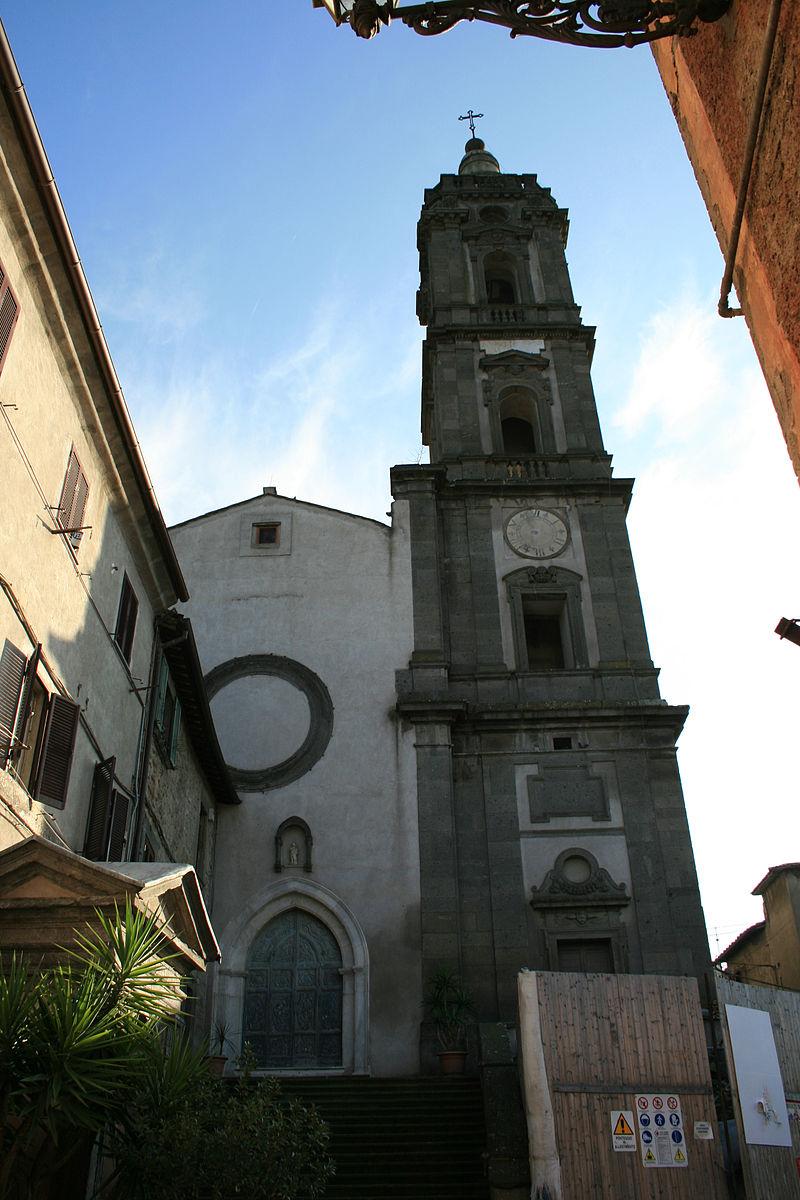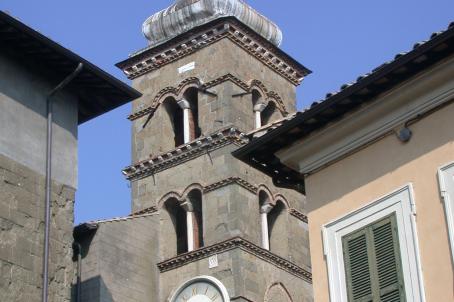Church of St. John the Baptist

The church of St. John the Baptist dates from the 13th century. Enlarged in the 16th century and then remodelled between the 17th and 19th centuries, the façade is one of the rare survivors of the original medieval building. The bell tower dates from 1602. The interior consists of three naves divided by pillars. The presbytery is a late 16th-century work of Giacomo Del Duca, who also designed the wooden coffered ceiling. Among the many works of art that decorate the church are frescoes by Zuccari with the Stories of the Virgin and the Stories of St. John.





